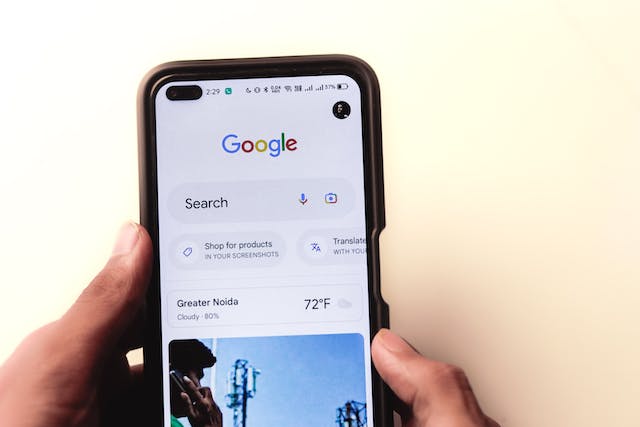In the ever-evolving landscape of digital marketing, staying ahead of the curve is crucial for businesses aiming to maximize their online presence and drive conversions. One strategy that has proven to be incredibly effective is retargeting, also known as remarketing. This powerful technique allows businesses to reconnect with potential customers who have previously interacted with their website or shown interest in their products or services. In this blog post, we’ll delve into the world of retargeting and explore why it’s an essential component of any successful marketing campaign.
What is Retargeting/Remarketing?
Retargeting remarketing is a digital marketing strategy that involves targeting ads to users who have previously visited your website, engaged with your content, or shown interest in your products or services in some way. It works by tracking users’ online behavior using cookies or other tracking methods and then displaying targeted ads to them as they browse the web, visit other websites, or use social media platforms.
How Does Retargeting Work?
The process of retargeting begins when a user visits your website but leaves without making a purchase or completing a desired action, such as signing up for a newsletter or filling out a contact form. Through the use of tracking pixels or cookies, their visit is recorded, allowing you to identify them as a potential lead.
Subsequently, as the user continues to browse the internet, they may encounter ads from your business on other websites or social media platforms. These ads are specifically tailored to their interests and behavior, serving as gentle reminders of your brand and encouraging them to return to your website to complete the desired action.
The Benefits of Retargeting
- Increased Conversion Rates: One of the most significant benefits of retargeting is its ability to increase conversion rates. By targeting users who have already shown interest in your products or services, you’re more likely to convert them into paying customers or leads.
- Improved Brand Recall: Retargeting keeps your brand top of mind for users who have previously engaged with your website. Even if they didn’t make a purchase initially, seeing your ads across various platforms reinforces brand recall and increases the likelihood of them returning to complete a desired action.
- Enhanced Personalization: Retargeting allows you to deliver highly personalized ads based on users’ past interactions with your website. By tailoring your messaging and offers to their specific interests and behaviors, you can create a more engaging and relevant experience, ultimately driving higher conversion rates.
- Cost-Effectiveness: Compared to traditional advertising methods, retargeting can be a cost-effective way to reach potential customers. Since you’re targeting users who are already familiar with your brand, you’re likely to see a higher return on investment (ROI) from your advertising spend.
- Optimized Campaign Performance: Retargeting allows you to track and analyze user behavior more effectively, providing valuable insights into the effectiveness of your marketing campaigns. By monitoring metrics such as click-through rates, conversion rates, and ROI, you can fine-tune your targeting and messaging to optimize campaign performance over time.
Best Practices for Retargeting Success
- Segment Your Audience: Divide your audience into different segments based on their behavior, interests, and stage in the buyer’s journey. This allows you to deliver more relevant and personalized ads to each segment, increasing the likelihood of conversion.
- Set Frequency Caps: Be mindful of how often you show ads to users to avoid overwhelming them or appearing too aggressive. Setting frequency caps ensures that your ads are seen enough to be effective without becoming intrusive.
- A/B Test Your Ads: Experiment with different ad creatives, messaging, and offers to identify what resonates best with your audience. A/B testing allows you to refine your campaigns and optimize performance based on real-time data.
- Use Dynamic Retargeting: Dynamic retargeting allows you to show personalized ads featuring specific products or services that users viewed on your website. This level of personalization can significantly increase engagement and conversion rates.



